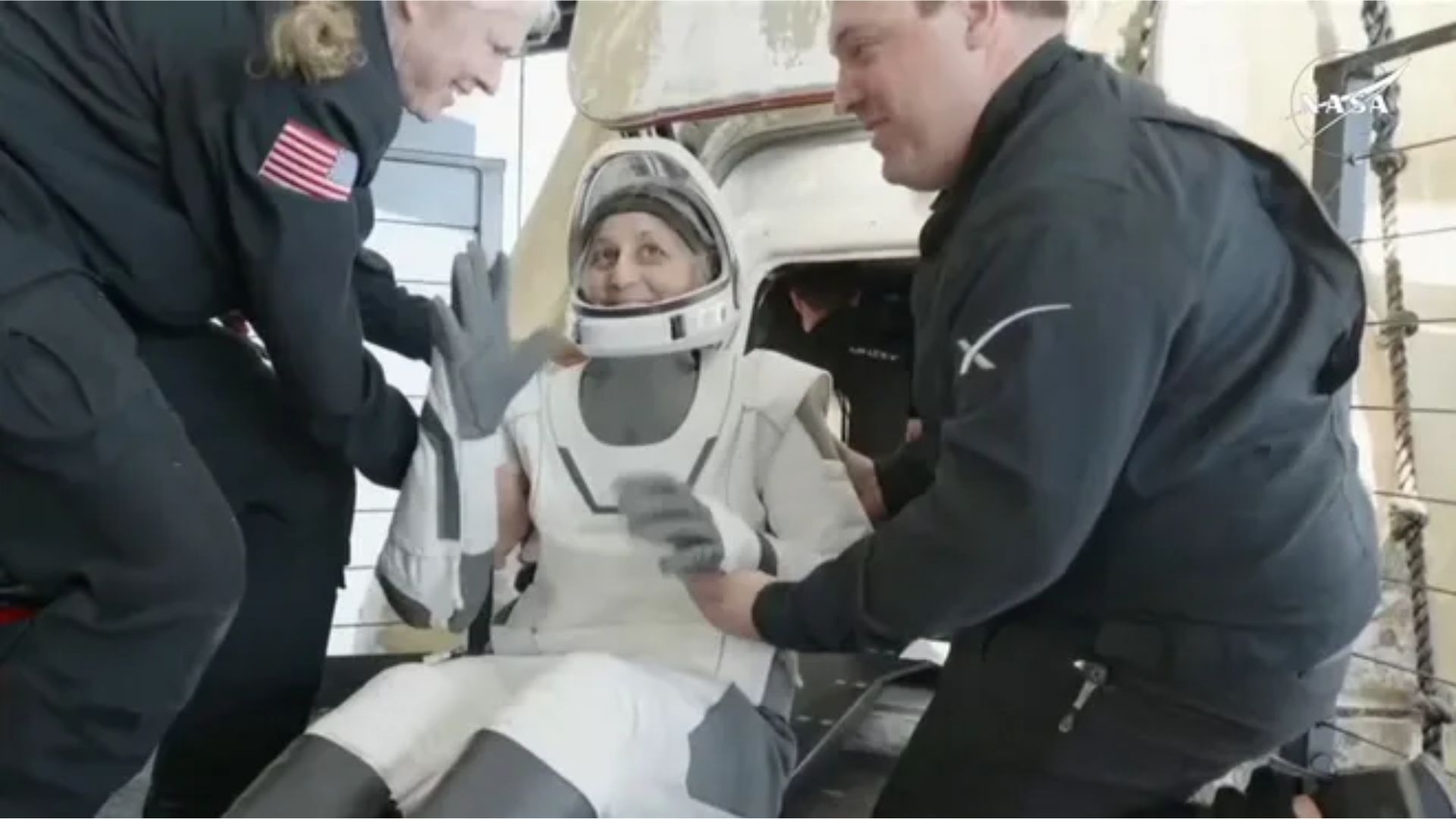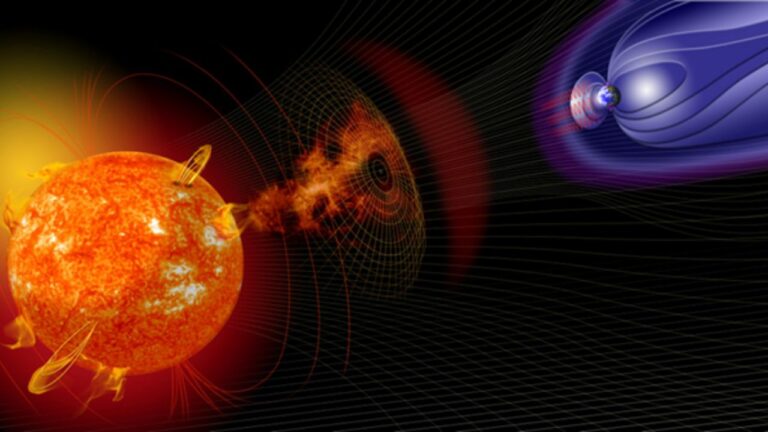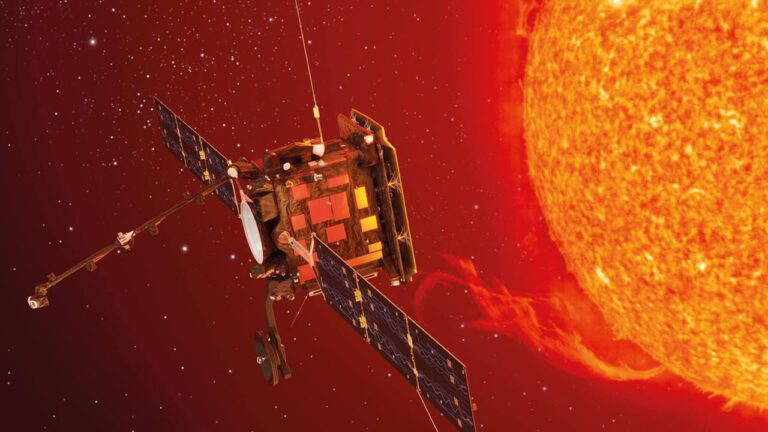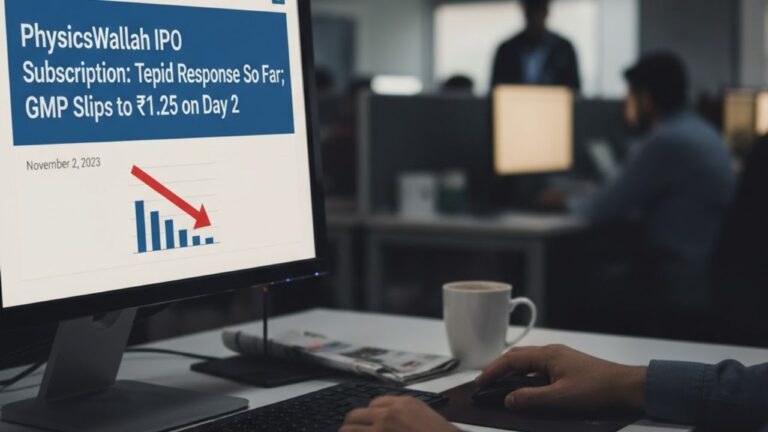
After nearly 10 months in space, astronauts Barry “Butch” Wilmore and Sunita Williams have safely returned to Earth aboard a SpaceX Crew Dragon capsule. Their prolonged mission, originally planned for just over a week, extended to 286 days due to technical issues with Boeing’s Starliner spacecraft.
Wilmore and Williams, along with Crew-9 members Nick Hague and Russian cosmonaut Alexander Gorbunov, completed their journey back to Earth with a splashdown in the Gulf of Mexico near Tallahassee, Florida, at 5:57 p.m. EDT on Tuesday. The safe landing marked the conclusion of an extensive mission that covered 4,576 orbits and approximately 121 million miles.
Safe Splashdown and Recovery
Following a 17-hour return trip from the International Space Station (ISS), the Crew Dragon capsule deployed its parachutes and settled gently into the waters off Florida’s coast.
“Splashdown! Good mains release,” Hague reported to SpaceX flight controllers in California, shortly after the capsule’s main parachutes were released.
A SpaceX recovery team was stationed nearby to assist the crew. The astronauts were carefully extracted from the spacecraft and underwent initial medical evaluations before being transported by helicopter to shore. From there, a NASA jet awaited to take them to Houston’s Johnson Space Center, where they would reunite with their families and undergo further medical assessments.
The Unexpected Extension
Wilmore and Williams’ extended mission was due to multiple propulsion system leaks and thruster malfunctions on the Boeing Starliner spacecraft they used to reach the ISS last June. Rather than risk returning on the faulty Starliner, NASA opted to keep them aboard the ISS until a safe alternative was available.
This decision required an adjustment to normal crew rotation schedules. Crew-9, originally launched in September with only Hague and Gorbunov instead of a full four-member crew, was joined by Wilmore and Williams for a six-month stay.
The successful launch of Crew-10 aboard SpaceX’s Crew Dragon last Friday cleared the way for their return. The new ISS crew members—Commander Anne McClain, Pilot Nichole Ayers, Cosmonaut Kirill Peskov, and Japanese astronaut Takuya Onishi—began their mission with a shortened one-day handover, a break from the usual five-day transition period.
Political Controversy Surrounding the Mission
The astronauts’ extended stay became a topic of political debate, with former President Donald Trump alleging that Wilmore and Williams were “abandoned in space” by the Biden administration. On social media, Trump claimed that he had asked SpaceX CEO Elon Musk to intervene and bring the astronauts home.
While NASA had already planned a February return for the crew, delays in SpaceX’s Crew Dragon readiness led to an adjustment in the timeline. The mission was ultimately pushed back to March, with NASA deciding to use a different SpaceX capsule, “Freedom,” to ensure a safe return.
NASA officials have refrained from engaging in the political discussion, emphasizing that their priority was the safety of the astronauts. Deputy Associate Administrator for Space Operations Joel Montalbano reiterated that NASA works under the directives of the sitting administration and operates with safety as its foremost concern.
A Remarkable Feat in Spaceflight
Despite the extended stay, Wilmore and Williams’ mission duration does not surpass the record for the longest U.S. spaceflight. That title belongs to astronaut Frank Rubio, who spent 371 consecutive days in orbit after a Russian Soyuz spacecraft suffered a coolant leak, requiring an alternative return plan.
However, with a total of 608 days spent in space across her career, Williams now ranks second among U.S. astronauts with the most time spent in orbit, trailing only Peggy Whitson, who holds the record with 675 days over four missions. Wilmore’s total time in space now stands at 464 days across three missions.
Both Wilmore and Williams will now undergo rehabilitation to readjust to Earth’s gravity, having spent months in the weightlessness of space. NASA officials have praised their resilience and contributions to scientific research during their time aboard the ISS, highlighting their participation in spacewalks and various scientific experiments.
With their return, the ISS continues its routine operations, now under the leadership of the Crew-10 astronauts, while NASA and Boeing continue to evaluate and address the Starliner’s technical challenges before its next crewed mission.






